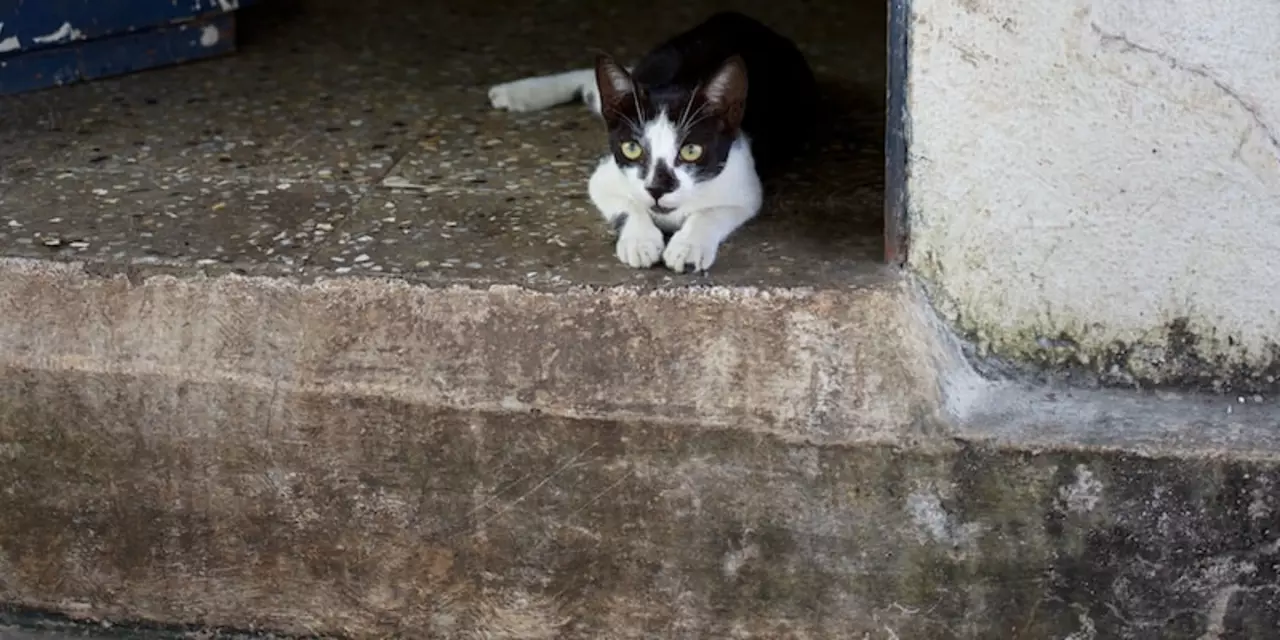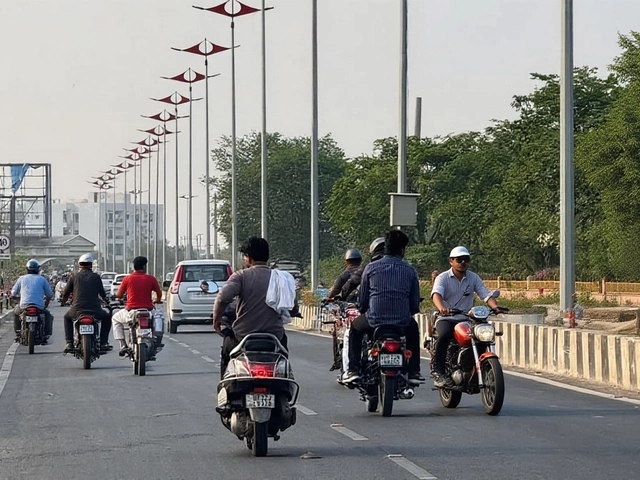Europe Dairy Trends: Key Takeaways for Indian Dairy Players
If you’re in the Indian dairy business, you’ll quickly realize that what happens in Europe can ripple right here. The EU’s milk quotas, sustainability rules, and new tech are shaping prices, quality standards, and export opportunities. Let’s break down the most useful bits, so you can decide whether to tweak your product line, chase a new market, or upgrade your farm tech.
Policy Shifts That Matter
Europe’s Common Agricultural Policy (CAP) got a major revamp in 2023. The focus is now on greener farms, animal welfare, and reducing carbon footprints. For Indian exporters, this means stricter standards on residues, packaging, and traceability. If you’re already meeting FSSAI norms, you’re halfway there; the next step is aligning with EU’s farm-to-fork safety checks. Many Indian dairy cooperatives are already investing in certified labs to speed up export approvals.
Another big change is the gradual phasing out of milk quotas that limited how much each EU country could produce. The result? A surge in surplus dairy, especially cheese and butter. Indian importers can spot price dips and negotiate better deals, but they must also watch for “dumping” concerns that could trigger anti‑dumping duties.
Technology and Innovation on the Continent
European farms are adopting precision milking systems that use AI to monitor cow health in real time. Sensors track temperature, milk yield, and even stress levels. Indian dairy farms can’t afford to copy the whole setup, but adding a few low‑cost sensors can boost herd health and reduce mastitis – a common loss factor.
On the processing side, Europe leads in creating high‑protein dairy powders using membrane filtration. These powders fetch premium prices in health‑food markets across Asia. If you have a partner plant, consider shifting part of your milk output to protein‑rich powder; the margin jump is noticeable.
Lastly, sustainability packaging is a hot topic. Biodegradable cartons and plant‑based wraps are becoming standard in EU supermarkets. Indian brands eyeing European shelves should start testing such packaging now to avoid costly redesigns later.
Putting it all together, the European dairy scene offers both challenges and chances. Keep an eye on policy updates, watch for price swings in cheese and butter, and explore tech upgrades that fit your scale. By staying nimble, you can turn Europe’s shifts into growth drivers for India’s dairy sector.
Arvind Chatterjee, Apr, 28 2023
Why is drinking beer not as prevalent in India as it is in europe?
Beer is an integral part of European culture and is widely consumed in many European countries. In India, however, it is not as widely enjoyed and is often associated with negative connotations. This is due to a number of factors, including the country's religious customs, the economy, and the cultural attitudes towards alcohol in general. The high cost of beer, combined with a lack of education and awareness about its benefits, has made it difficult for Indians to make beer part of their lifestyle. Additionally, the legal restrictions on alcohol in India have discouraged the growth of beer culture. Ultimately, the lack of prevalence of beer in India is due to a combination of cultural, religious, economic, and legal factors that have conspired to keep it from becoming as popular as it is in Europe.
View More




